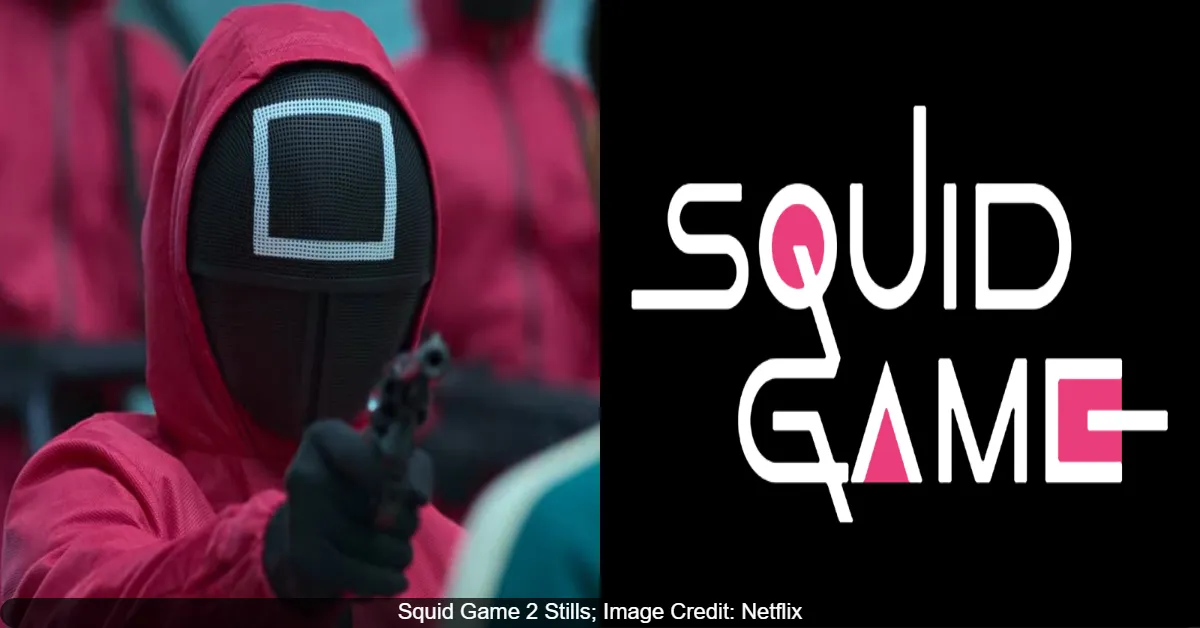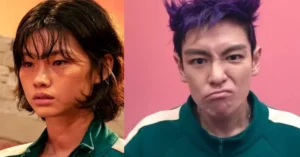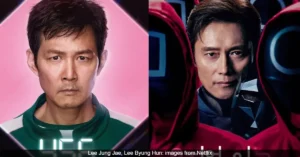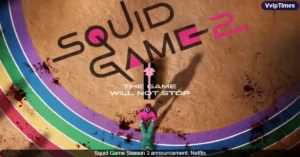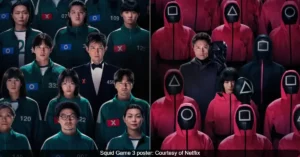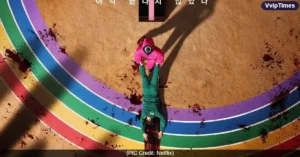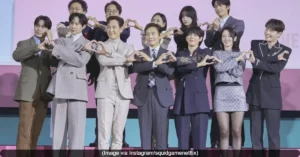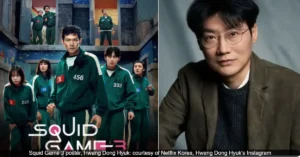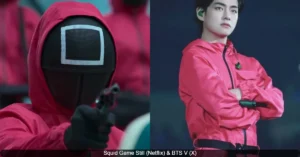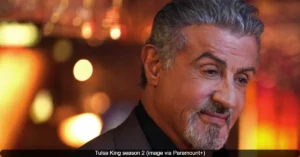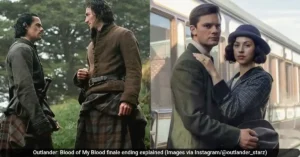The intricate set design of “Squid Game” is full of hidden details that contribute to the show’s overall impact. The show’s art director, Chae Kyoung Sun, shared five key details that viewers might have easily missed, offering new insights into the show’s themes and characters.
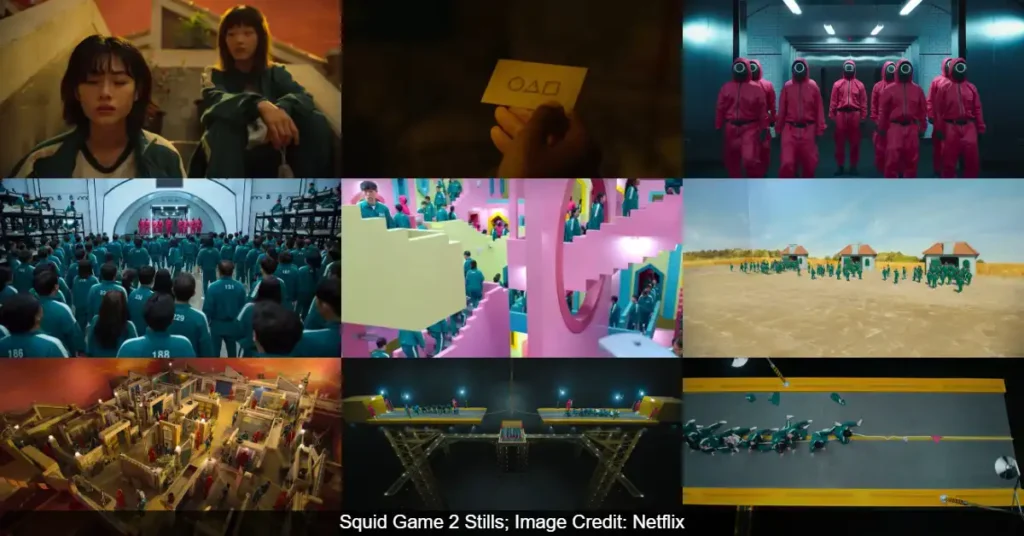
Symbolic Flowers and Character Fates
In the emotionally charged gganbu marble game episode, the set design holds a subtle yet powerful foreshadowing. The flowerpots behind Kang Sae Byeok (Jung Ho Yeon) and Ji Yeong (Lee Yoo Mi) carry symbolic weight. Sae Byeok’s pot has a live flower, while Ji Yeong’s has a dead one, hinting at their respective fates in the game. This detail, though easily overlooked, adds another layer of emotional depth to the scene.
Shape Hierarchy Reflects Rank
The circle, triangle, and square shapes used throughout “Squid Game” are not just taken from the squid game board; they also represent a clear hierarchy among the game staff. The square, with the most vertices, signifies the highest-ranking guards. The triangle represents the middle rank, and the circle, with the fewest vertices, signifies the lowest rank. This subtle visual cue reinforces the power dynamics within the game.
Color Symbolism and Juxtaposition
The colors in “Squid Game” are far from arbitrary. The green tracksuits worn by the players were inspired by those used in the 1970s Saemaul Movement in Korea. This connection adds a layer of historical context to the show, referencing a controversial period of social change. The pink color, used in the hallways and coffin bows, contrasts with the green and evokes a fairytale-like quality. Chae Kyoung Sun explains that pink was chosen because it “monitors and suppresses green,” symbolizing the control exerted over the players.
Intentional Lack of Realism Creates Confusion
The somewhat artificial look of the sets in “Squid Game” was a deliberate design choice. The art director explained that this lack of realism was meant to blur the lines between reality and fiction for the players. The fake-looking backdrops, like the plains and sky in “Red Light, Green Light,” contribute to the players’ growing confusion and denial of the deadly reality of the games. This technique was also used in the marble game, where a fake sunset background was combined with realistic details to create a disorienting effect.
The Tug-of-War Road Represents a Dead End
The floor in the tug-of-war arena is designed to resemble a road, complete with yellow center lines and faux street markings. This detail symbolizes the players’ predicament. They are trapped in a cycle of debt with no clear path forward, much like a disconnected roadway leading nowhere. The road imagery represents their lives, where they struggle but have “nowhere to go.”
Also Read: Fans Upset: Was T.O.P Left Out of Squid Game 2 Promotion Talks? Here’s What We’ve Learned
To know the latest developments about Squid Game, Keep an eye on VvipTimes, and allow notifications from us to get instant updates on your device.

